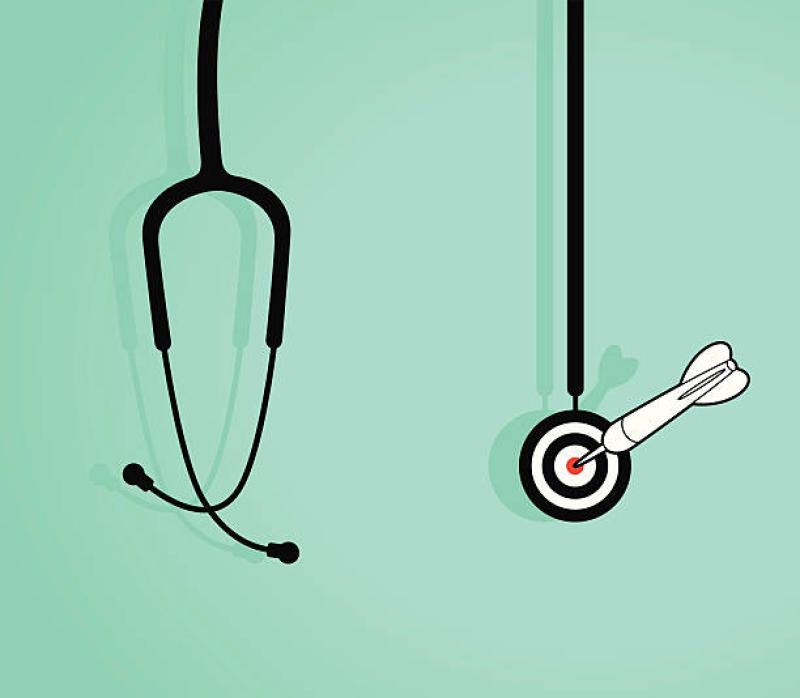
Article
Top Marketing Mistakes Medical Device Brands Make (and How to Avoid Them)
However, some brands have struggled to get robust ROI from their marketing efforts because they make avoidable mistakes. Here are some common missteps brands make and how to ensure you don’t make them as well.
Not Having a Data-driven Strategy in Place
Marketing is more than a series of disconnected, gut-driven tactics to reach your customers. Success comes from having a comprehensive strategy–built on data–that engages your target audience at key points in their buyer’s journey.
By pulling in and organizing your data to provide helpful insights, you can then build a targeted, precise strategy at different times and to specific audiences. A focus on data-driven targeting will help refine your strategy into a cohesive, omnichannel approach. Making a commitment to a data-driven marketing strategy will improve performance quickly.
Failing to Keep Marketing and Sales on the Same Page
The days when marketing and sales were siloed departments that rarely interacted are over. Collaboration between marketing and sales is critical to the overall success of the entire brand.
To start, creating a service-level agreement on who will be targeted and how to best reach them will put both teams on the same page.
Next, you must ensure that tools and communication between marketing and sales is streamlined so that they work together almost seamlessly to be more effective. For example, integrating a customer relationship management platform and marketing platform provides shared information useful to both marketing and sales.
Not Communicating Cyber Security Practices
Cyber security is no longer an issue just for IT. As data breaches become far too common, customers are growing more concerned with how their information is used and if their personal data is safe. Because many medical devices connect with mobile phones, wearables and tablets, many in your market will want to know how you will keep them secure from any potential breach.
You can foster transparency with customers by telling them exactly how the company will use data and what security measures are in place early in their buyer journey. The more you can educate your audience on your privacy and security policies and procedures, the more you will build trust and goodwill.
Overusing Medical Jargon
Historically, medical device sales were made via HCPs and insurers, so messaging tended to be more technical. However, the newer direct-to-consumer approach has changed marketing scope. Patients have grown increasingly concerned with taking charge of their health and are now brought into the overall marketing audience.
As a result, brands must be more aware of patients researching their technology and ensure that messaging is geared to their level of technical expertise. Too much medical jargon will fail to leave them excited about your product. So instead, use customer-centric language that anyone can understand for your patient audience.
In the highly competitive medical marketplace ignoring common mistakes can lead to disaster. These avoidable miscalculations can help turn poor corporate marketing performance into wins for most medical device brands.
Follow our blog to get more tips for successful marketing strategies for your medical device brand.
Article Written by Alex Brown


